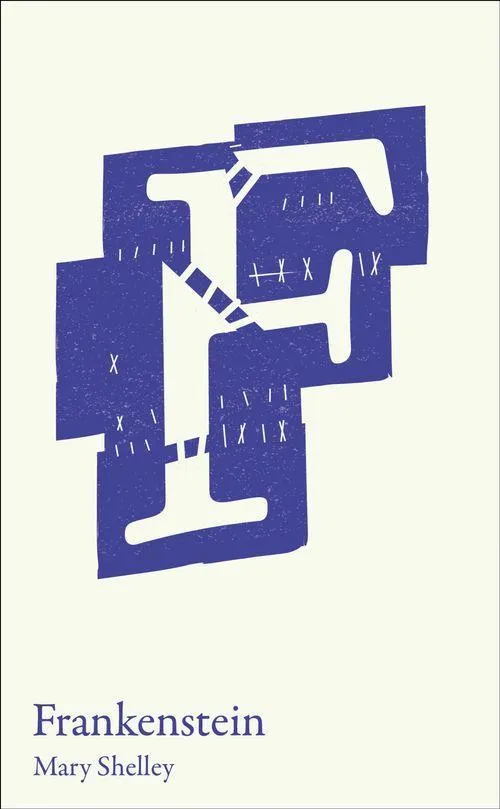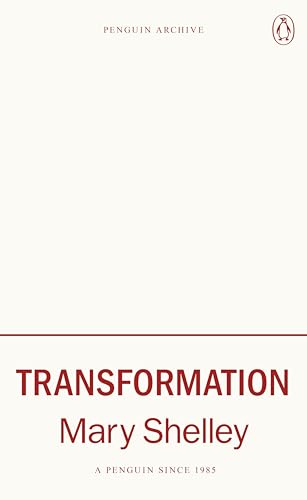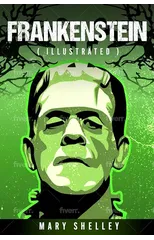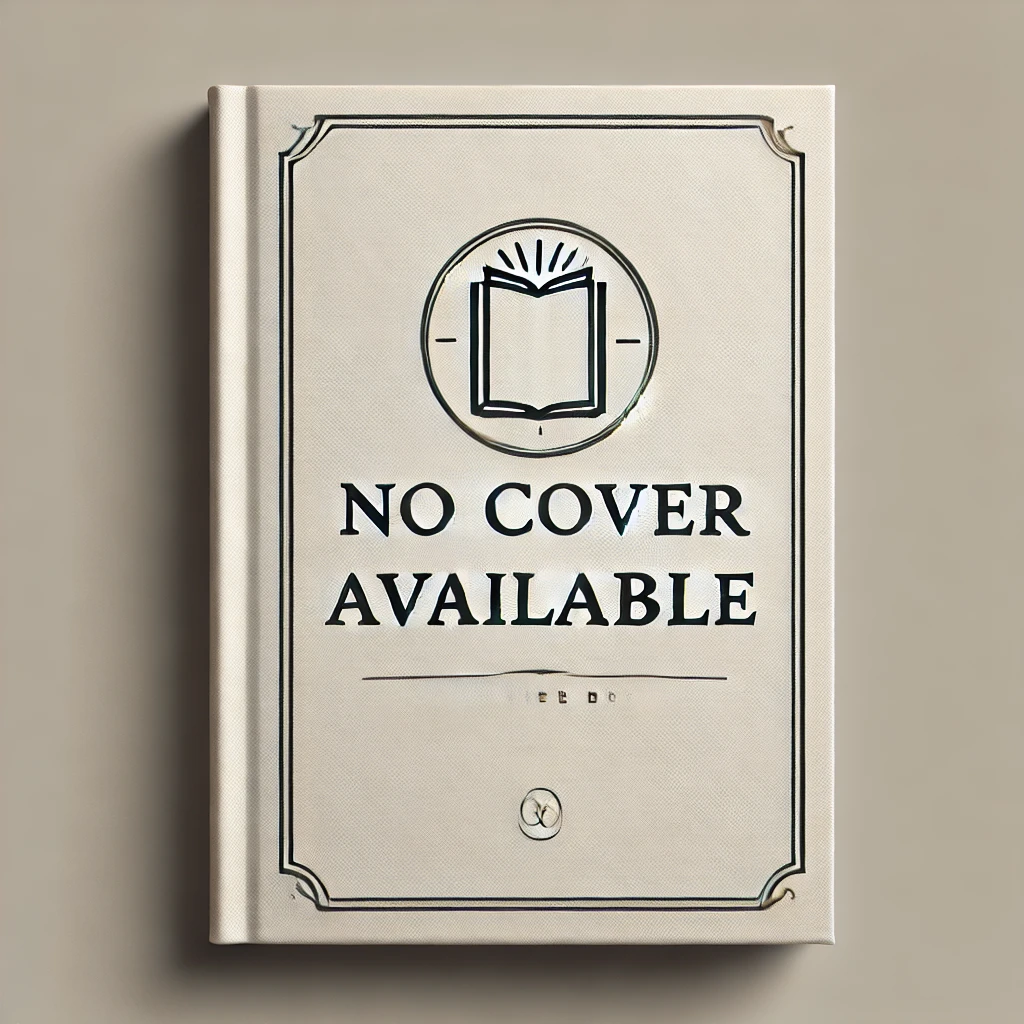Frankenstein
GCSE 9-1 Set Text Student Edition
(Author) Mary ShelleyExam board: AQA, Edexcel; EdexcelLevel & Subject: GCSE English Literature; A Level English LiteratureFirst teaching: September 2015First examination: June 2017 This edition of Frankenstein is perfect for GCSE-level students: it comes complete with the novel, plus an introduction providing context, and a glossary explaining key terms. 'It was already one in the morning; the rain pattered dismally against the panes, and my candle was nearly burnt out, when, by the glimmer of the half-extinguished light, I saw the dull yellow eye of the creature open; it breathed hard and a convulsive motion agitated its limbs.' Victor Frankenstein, a young scientist with huge ambition, exceeds his own expectations when he manages to create life from an assemblage of dead body parts. Yet he has failed to think through the consequences and responsibilities of his action, with fatal results. First published in 1818, this genre-defying novel - part gothic tale, part science fiction, part philosophical exploration - invites us to consider whom we sympathise with: the scientist playing God or the monstrous creature he has created.
Mary Shelley
Mary Shelley was an English novelist, best known for her Gothic novel "Frankenstein; or, The Modern Prometheus," published in 1818. She was born in 1797 and was the daughter of political philosopher William Godwin and feminist Mary Wollstonecraft. Shelley's literary style is characterized by its exploration of existential themes, the consequences of scientific experimentation, and the complexities of human nature. "Frankenstein" is considered a seminal work of science fiction and has had a lasting impact on the genre, inspiring countless adaptations and interpretations. Shelley's other notable works include "The Last Man" and "Mathilda." Her contributions to literature have solidified her as one of the most important figures in the Gothic literary tradition.






